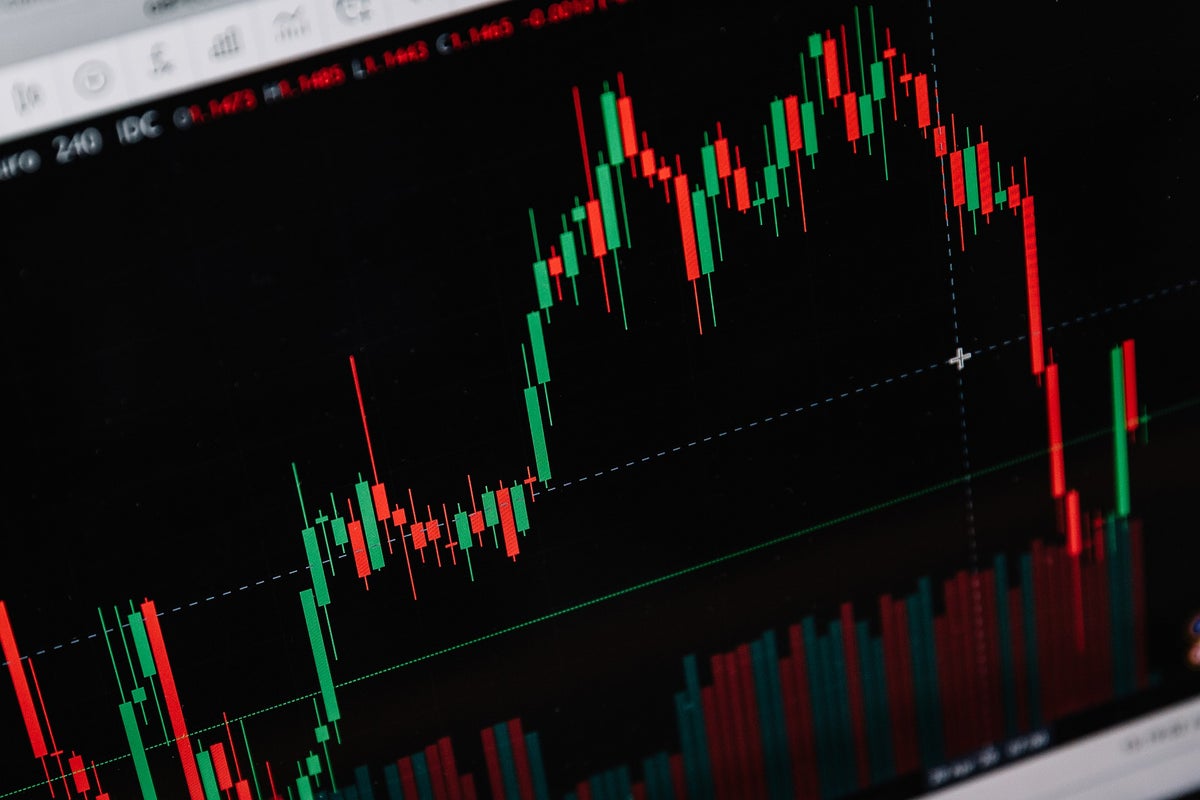[ad_1]
Shares of McCormick & Co Inc. MKC fell by 5.49% in the past three months. When understanding a companies price change over a time period like 3 months, it could be helpful to look at its financials. One key aspect of a companies financials is its debt, but before we understand the importance of debt, let’s look at how much debt McCormick & Co has.
McCormick & Co Debt
Based on McCormick & Co’s balance sheet as of January 26, 2023, long-term debt is at $3.64 billion and current debt is at $1.51 billion, amounting to $5.15 billion in total debt. Adjusted for $334.00 million in cash-equivalents, the company’s net debt is at $4.82 billion.
Let’s define some of the terms we used in the paragraph above. Current debt is the portion of a company’s debt which is due within 1 year, while long-term debt is the portion due in more than 1 year. Cash equivalents includes cash and any liquid securities with maturity periods of 90 days or less. Total debt equals current debt plus long-term debt minus cash equivalents.
To understand the degree of financial leverage a company has, shareholders look at the debt ratio. Considering McCormick & Co’s $13.12 billion in total assets, the debt-ratio is at 0.39. As a rule of thumb, a debt-ratio more than 1 indicates that a considerable portion of debt is funded by assets. A higher debt-ratio can also imply that the company might be putting itself at risk for default, if interest rates were to increase. However, debt-ratios vary widely across different industries. For example, a debt ratio of 25% might be higher for one industry, but normal for another.
Importance of Debt
Besides equity, debt is an important factor in the capital structure of a company, and contributes to its growth. Due to its lower financing cost compared to equity, it becomes an attractive option for executives trying to raise capital.
Interest-payment obligations can impact the cash-flow of the company. Equity owners can keep excess profit, generated from the debt capital, when companies use the debt capital for its business operations.
Looking for stocks with low debt-to-equity ratios? Check out Benzinga Pro, a market research platform which provides investors with near-instantaneous access to dozens of stock metrics – including debt-to-equity ratio. Click here to learn more.
This article was generated by Benzinga’s automated content engine and reviewed by an editor.
[ad_2]
Image and article originally from www.benzinga.com. Read the original article here.

